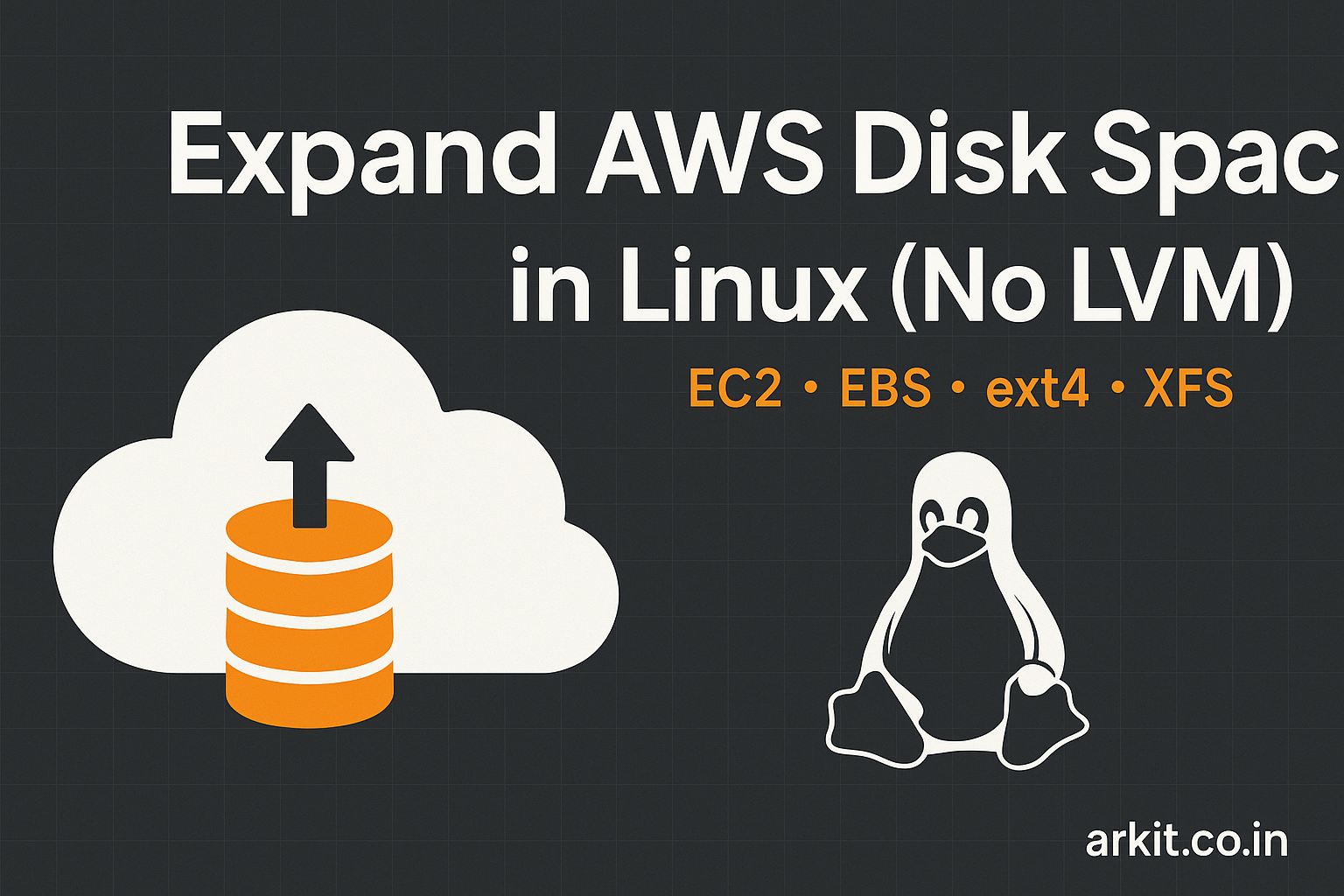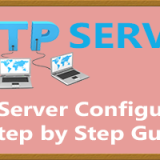AWS Terminology List Handy for anyone | Arkit
Here are some command AWS (Amazon Web Services) terminology terms, which are useful for any AWS user.
- Access control list (ACL): A firewall/security layer on the subnet level
- Auto-scaling: Automates the process of adding or removing EC2 instances based on traffic demand for your application
- Buckets: Unique named Root-level folders in AWS
- CloudFront: Content delivery network (CDN) that allows you to store your content at “edge locations” located all around the world, allowing customers to access your content more quickly
- CloudFormation: A service that allows you to define and deploy AWS infrastructure as code.
- CloudTrail: Allows you to monitor all actions taken by IAM users
- CloudWatch: A service that allows you to monitor various elements of your AWS account
- Consolidated billing: Allows you to view, manage, and pay bills for multiple AWS accounts in one user interface
- DNS server: A database of website domains and their corresponding IP addresses mapping
- DynamoDB: NoSQL database service that does not provide other NoSQL software options
- Elastic Block Store (EBS): Provides persistent block storage volumes for use of EC2 instances.
- Amazon Web Services (AWS) – A collection of cloud computing services provided by Amazon.
- Elastic Compute Cloud (EC2) – A web service that provides resizable compute capacity in the cloud.
- Elastic Container Service (ECS): a scalable container management service that makes it easy to run and manage Docker containers on a cluster
- Simple Storage Service (S3) – A scalable object storage service that allows users to store and retrieve data.
- Elastic Load Balancer (ELB) – A service that automatically distributes incoming application traffic across multiple targets, such as EC2 instances.
- Elastic IP address (EIP): a static, public IPv4 address that is designed for dynamic cloud computing environments, such as Amazon Web Services (AWS). EIPs can be associated with an instance or a network interface, providing a persistent IP address that can be quickly remapped to another instance in the same account.
- Elastic File system (EFS): a fully managed, scalable, and highly available file storage service
- Elastic Kubernetes Service (EKS): A Service to run Kubernetes pods on AWS
- Elastic Beanstalk: A service that lets you deploy and run web applications in a managed environment
- ElastiCache: Data caching service used to help improve the speed/performance of web applications running on AWS
- Elasticity: The ability of a system to increase and decrease in size based on the demand
- Fault tolerance: Property that enables a system to continue operating properly in the event of the failure of one or more components
- Firewall: A type of software that either allows or blocks certain kinds of internet traffic to pass through it
- Folder: Any “subfolder” created in an s3 bucket
- High availability: Refers to systems that are durable and likely to operate continuously without failure for a long time
- IAM users: Individuals who have been granted access to an AWS account
- Identity and Access Management (IAM): Service where AWS user accounts and their access to various AWS services are managed
- Kinesis: A managed service for real-time processing of streaming data at scale
- Lambda: Serverless computing that will replace EC2 instances, for the most part
- Object availability: Percent over a one-year time period that a file stored in S3 will be accessible
- Object durability: Percent over a one-year time period that a file stored in S3 will not be lost
- Object lifecycle: Set rules to automatically transfer objects between storage classes at defined time intervals
- Object sharing: Ability to make any object publicly available via a URL link
- Object versioning: Automatically keep multiple versions of an object (when enabled)
- Organizations: Allow you or your company access to manage billing and access to multiple AWS accounts in one user interface
- Principle of least privilege: Giving a user only the rights/access to the AWS services and resources they need to do their job and nothing more
- Publishers: Human/alarm/event that gives SNS the message that needs to be sent
- Relational Database Service (RDS): SQL database service that provides a wide range of SQL database options to select from
- RedShift: Data warehouse database service designed to handle petabytes of data for analysis
- Roles: How different AWS services are granted permission to communicate and share data
- Route 53: DNS service to configure the domain to the IP address mapping
- Scalability: The ability of a system to easily increase in size and capacity in a cost-effective way
- Security group (SG): Firewall/security layer on the server/instance level
- Shared responsibility model: Defines what you and AWS are responsible for when it comes to security and compliance
- Simple Notification Service (SNS): AWS service that allows you to automate the sending of an email or text messaging notifications based on events that happen in your AWS account
- Simple Storage Service (S3): Online bulk storage service you can access from almost any device
- Storage class: Represents “classification” assigned to each object in S3 (standard, RRS, S3-IA, Glacier, Deep archive)
- Subnet: A subsection of a network and generally includes all the computers in a specific location
- Subscriptions: Endpoints to which a topic sends messages
- Topics: How you label and group different endpoints to which you send messages
- Trusted Advisor: Service that “advises” and helps you optimize aspects of your AWS account
- User credentials: IAM user’s username and password for logging in to AWS
- Virtual Private Cloud (VPC): A virtual network dedicated to a user’s AWS account.
AWS Certified Cloud Practitioner Full Video Course
Thanks for your wonderful Support and Encouragement
- Get Email | Download E-Books
- Facebook Page
- Youtube Channel
- Exclusive Telegram Group
- Discuss On WhatsApp Group






